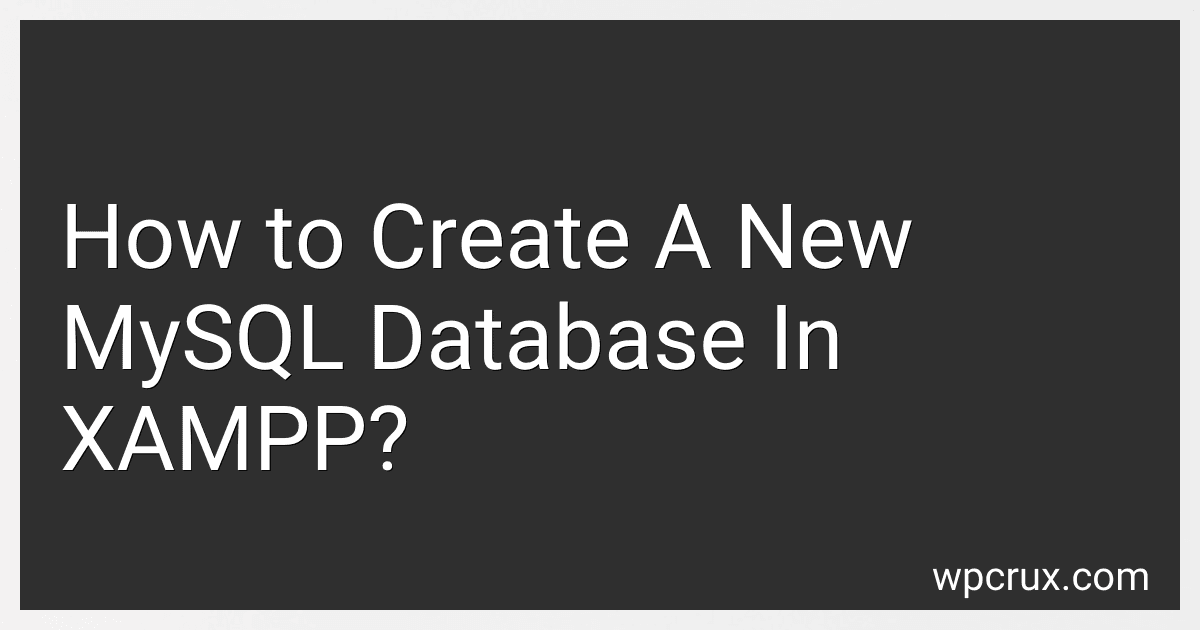Best MySQL Tools to Buy in October 2025

High Performance MySQL: Optimization, Backups, Replication, Load Balancing & More (Advanced Tools and Techniques for MySQL Administrators)


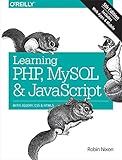
Learning PHP, MySQL & JavaScript: With jQuery, CSS & HTML5 (Learning PHP, MYSQL, Javascript, CSS & HTML5)



Murach's MySQL
- MASTER ESSENTIAL SQL FOR EFFECTIVE MYSQL DATABASE MANAGEMENT.
- STEP-BY-STEP GUIDANCE FOR BEGINNERS TO ADVANCED CODERS.
- UNLOCK DATA INSIGHTS WITH PRACTICAL EXAMPLES AND EXERCISES.


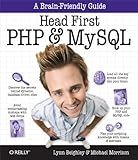
Head First PHP & MySQL: A Brain-Friendly Guide



Build a real Search Engine: Engineering tools: HTML, CSS, JavaScript, PHP, MySQL


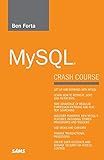
MySQL Crash Course


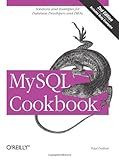
MySQL Cookbook
- AFFORDABLE PRICES: SAVE MONEY ON QUALITY LITERATURE AND TEXTBOOKS!
- ECO-FRIENDLY CHOICE: CONTRIBUTE TO SUSTAINABILITY BY RECYCLING BOOKS.
- TRUSTED QUALITY: EACH BOOK IS CAREFULLY INSPECTED FOR GOOD CONDITION.



AWS Lightsail setup, tricks and tools: DNS Zones, PHP, mySQL, SSL Cert, VHosts, metric, bots and all you need to succeed


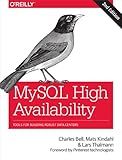
MySQL High Availability: Tools for Building Robust Data Centers


To create a new MySQL database in XAMPP, follow these steps:
- Launch the XAMPP control panel and start the Apache and MySQL modules.
- Open your web browser and navigate to "http://localhost/phpmyadmin" to access phpMyAdmin.
- In the phpMyAdmin interface, click on the "Databases" tab located at the top of the page.
- Enter the desired name for your new database in the "Create database" field.
- Choose the appropriate collation for your database from the drop-down menu. (This determines how the data will be sorted and compared.)
- Click on the "Create" button to create the new database.
- A message confirming the successful creation will be displayed.
You have now successfully created a new MySQL database in XAMPP.
What is the SQL syntax for deleting a table in MySQL?
The SQL syntax for deleting a table in MySQL is:
DROP TABLE table_name;
Replace table_name with the name of the table you want to delete.
What is the SQL syntax for creating a new table in MySQL?
The SQL syntax for creating a new table in MySQL is as follows:
CREATE TABLE table_name ( column1 datatype constraint, column2 datatype constraint, ... columnN datatype constraint );
Here, table_name refers to the name of the table you want to create, and column1, column2, ..., columnN are the names of the columns in the table. datatype represents the type of data to be stored in each column, and constraint refers to any additional conditions or rules you want to impose on the columns.
For example, let's say we want to create a table called employees with columns for id, name, age, and salary. The SQL statement would look like this:
CREATE TABLE employees ( id INT PRIMARY KEY, name VARCHAR(50) NOT NULL, age INT, salary DECIMAL(10,2) );
In this example, id is the primary key column, name is a non-null varchar column limited to 50 characters, age is an optional integer column, and salary is a decimal column with a precision of 10 and a scale of 2.
How to install XAMPP on Windows?
To install XAMPP on Windows, follow these steps:
- Download XAMPP: Go to the Apache Friends website at https://www.apachefriends.org/index.html and click on the "Download" button next to the Windows version of XAMPP.
- Select the installer package: Choose the installer package for Windows based on whether your operating system is 32-bit or 64-bit.
- Run the installer: Once the download is complete, double-click on the downloaded installer to begin the installation process.
- Choose components: In the installer window, you will see a list of components to install. Leave the default components selected or choose other components as per your requirements. Click on the "Next" button to proceed.
- Choose installation folder: Select the folder where you want to install XAMPP. The default destination folder is usually "C:\xampp". You can choose a different folder by clicking on the "Browse" button. Click "Next" to continue.
- Install additional software: The installer may prompt you to install additional software such as Bitnami. You can choose to install it or uncheck the box if you don't need it. Click "Next" to continue.
- Start installation: Click on the "Next" button to start the installation process. Wait for the installer to copy the necessary files to your computer.
- Complete the installation: Once the installation is complete, you will see a screen that says "Setup Complete." Leave the "Do you want to start the Control Panel now?" checked and click "Finish."
- Start XAMPP Control Panel: After clicking "Finish," the XAMPP Control Panel will open. It allows you to start and stop Apache, MySQL, FileZilla, and other components of XAMPP.
- Start Apache and MySQL: In the XAMPP Control Panel, click on the "Start" button next to Apache and MySQL. If they start successfully, you will see a green indicator next to each component.
- Test XAMPP installation: Open your web browser and type "localhost" or "127.0.0.1" in the address bar. If the XAMPP installation is successful, you will see the XAMPP welcome page.
That's it! You have successfully installed XAMPP on Windows. Now, you can use this local server environment to develop and test your web applications.
